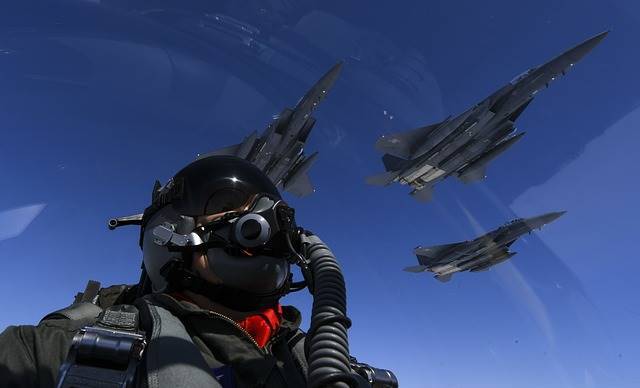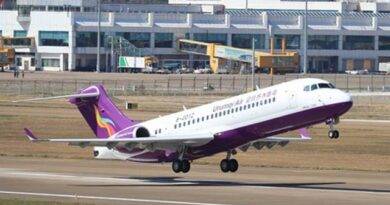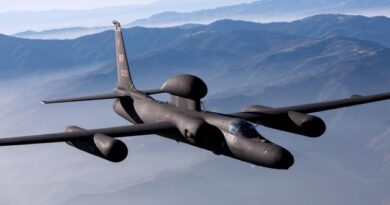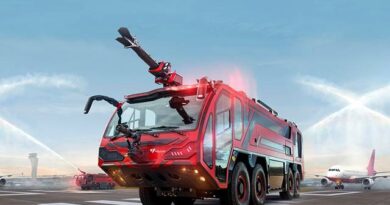Lead Aircraft in Formation Flight: Definition and Role
In aviation, a “lead aircraft” refers to the primary aircraft in a formation flight, which serves as the reference point for other aircraft in the formation. The lead aircraft is responsible for maintaining a specific position, speed, and altitude, and serves as a visual reference for other aircraft to maintain formation integrity. The role of the LA is crucial in ensuring safe and coordinated flight during formation flying.
Formation Flying: Definition and Purpose
Formation flying is a technique used in military aviation, aerobatics, and airshows, where multiple aircraft fly in close proximity to each other, maintaining a specific formation pattern. The formation may be either symmetric or asymmetric, and typically involves maintaining specific distances, angles, and altitudes between the aircraft. Formation flying is used for various purposes, including training, tactical maneuvers, displays, and demonstrations.

Responsibilities of the Lead Aircraft
As the primary aircraft in a formation flight, the LA has several important responsibilities, including:
Navigation and Flight Control: The lead aircraft is responsible for navigating and controlling the flight path of the formation. This includes maintaining the desired heading, speed, and altitude, and making necessary adjustments to maintain formation integrity.
Communication: The lead aircraft serves as the primary point of communication with other aircraft in the formation, as well as with air traffic controllers or other relevant authorities. The lead aircraft may relay instructions or information to other aircraft in the formation to ensure coordinated flight.
Formation Integrity: The lead aircraft is responsible for maintaining the desired formation pattern and ensuring that other aircraft in the formation maintain their positions relative to the lead aircraft. The lead aircraft may make adjustments to speed, altitude, or heading to maintain formation integrity.
Safety: The lead aircraft is responsible for ensuring safe flight operations during formation flying. This includes avoiding collisions, monitoring weather conditions, and making decisions to maintain safe separation between aircraft in the formation.
Leadership: The lead aircraft serves as the leader of the formation and sets the standard for other pilots to follow. The lead aircraft must demonstrate good leadership skills, maintain situational awareness, and make informed decisions to ensure the success of the formation flight.
Conclusion
The lead aircraft in a formation flight plays a crucial role in ensuring safe and coordinated flight operations. It is responsible for navigation, communication, formation integrity, safety, and leadership, serving as the reference point for other aircraft in the formation. The lead aircraft’s ability to effectively carry out these responsibilities is essential for the success of a formation flight.
References:
- “Formation Flying” – Federal Aviation Administration (FAA) Advisory Circular (AC) 91-45B.
- “Formation Flight Techniques” – U.S. Air Force (USAF) Manual 11-217, Volume 2, Chapter 2.
- “Formation Flying” – International Civil Aviation Organization (ICAO) Doc 9432, Manual of Radiotelephony.
- “Aerobatics” – International Aerobatic Club (IAC) Official Contest Rules.
- “Formation Flying: Techniques and Procedures” – Skybrary, The European Aviation Safety Agency (EASA).


